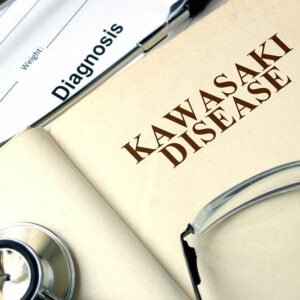
01
8 ways to manage an overactive bladder
An overactive bladder (OAB) is a condition in which there is a sudden and urgent need to urinate. Affecting both men and women, the disorder usually affects older individuals and disrupts social life, sleep, and work. There is a wide range of treatments for an overactive bladder. OAB can be managed through certain behavioral changes, medication, or a combination of both. Bladder training Instead of visiting the bathroom whenever there is an uncontrollable urge, urinate at a set time. It is called scheduled voiding. Start with a few minutes in the beginning and then increase the set time to an hour or more between bathroom visits. Pelvic muscle exercises Performing Kegel exercises daily can strengthen the muscles that help in controlling urination. It is best to consult a doctor or physical therapist to learn how to do Kegel the right way. Biofeedback In this method, electrical sensors are attached to the body, which determine actions it performs. The sensors send real-time feedback about some of the body’s most crucial functions, such as heart rate and blood pressure. It even monitors your exercises and other movements so that you can gauge what’s working best for you. Weight management If you are struggling with obesity, then losing some bodyweight may relieve certain overactive bladder symptoms. Excessive weight gain is a serious problem and can attract various other health complications. It’s also for this reason that it is best to follow a healthy diet. Incontinence products These products manage the symptoms of OAB until the actual course of treatment starts to show results. Absorbent pads or pants can prevent embarrassing moments. You can also use handheld urinals or catheters for draining urine. Medication Doctors may even prescribe drugs to relieve OAB symptoms. Some drugs prescribed for the condition include tolterodine (Detrol), oxybutynin (Ditropan), trospium, solifenacin (Vesicare), darifenacin (Enablex), fesoterodine (Toviaz), and mirabegron (Myrbetriq).
Read More 





